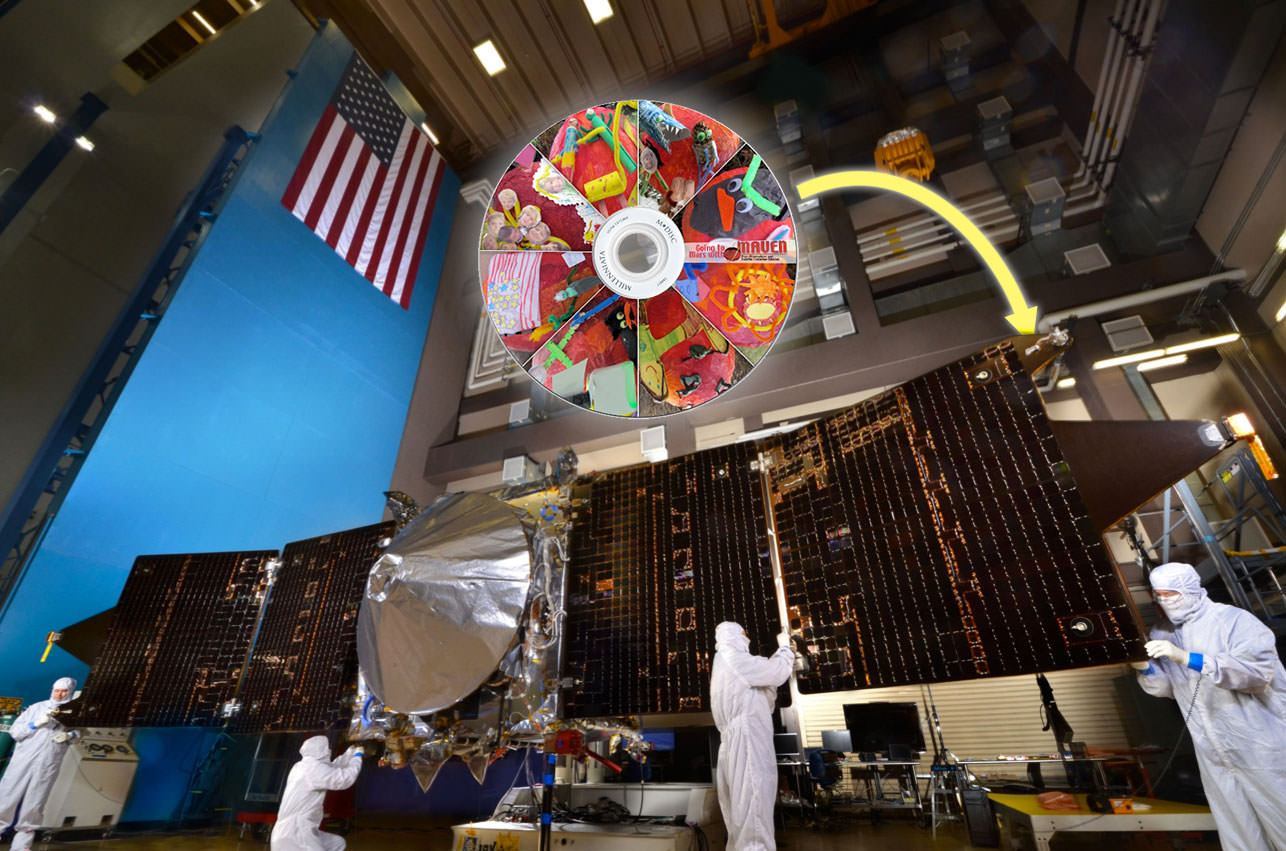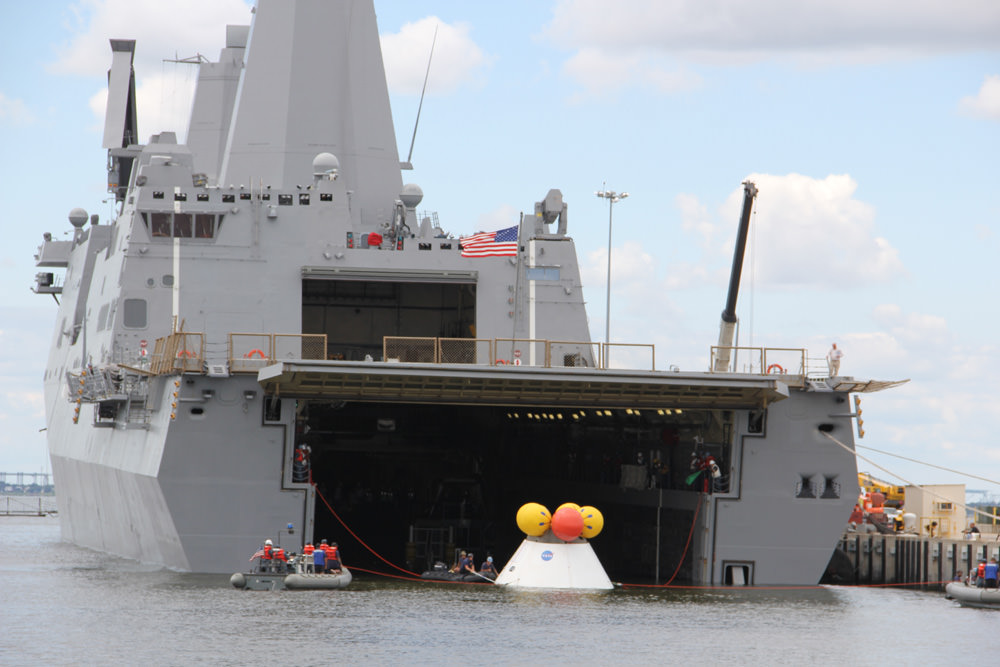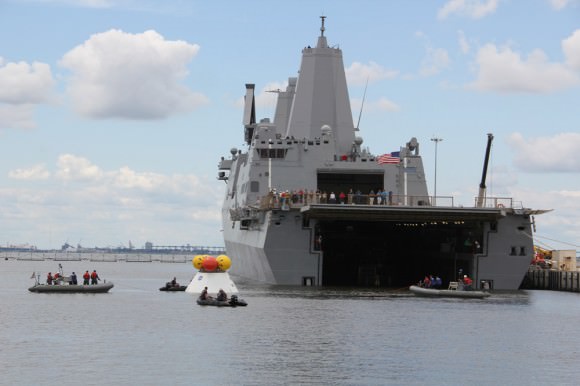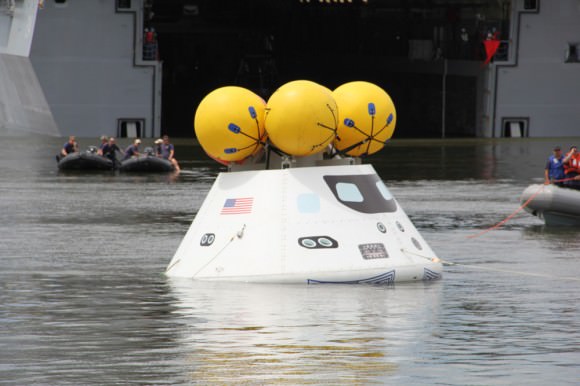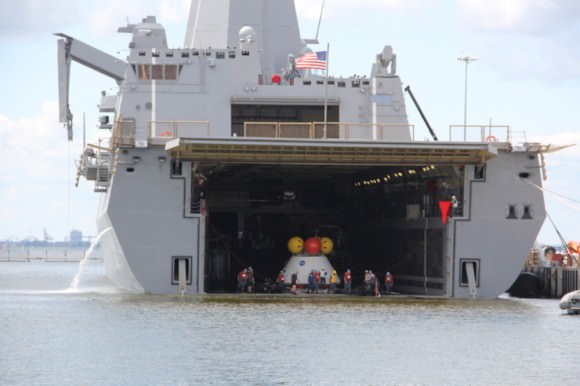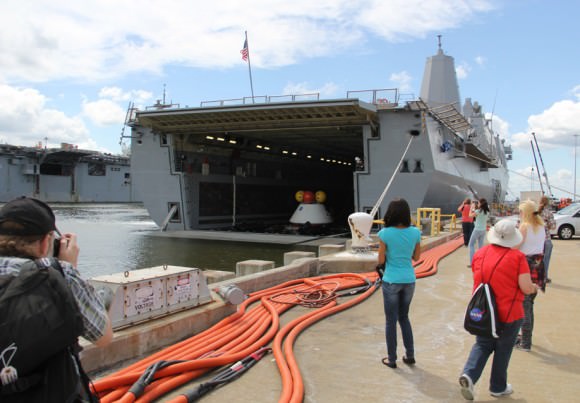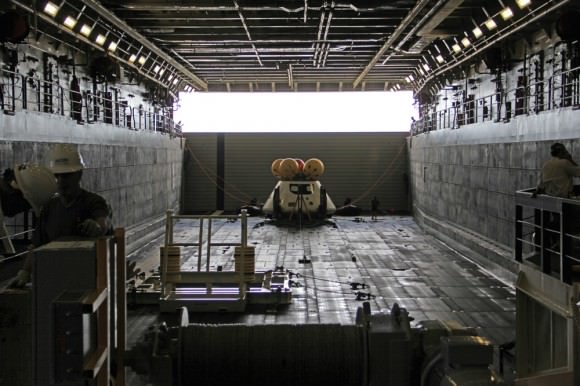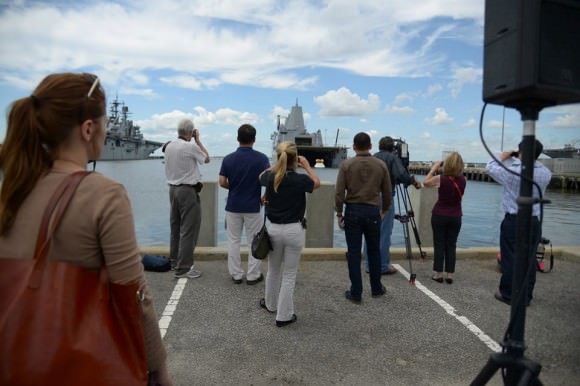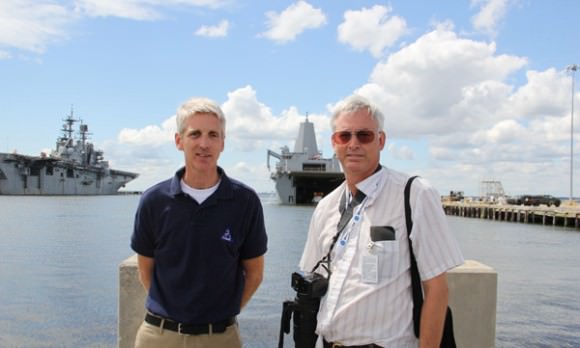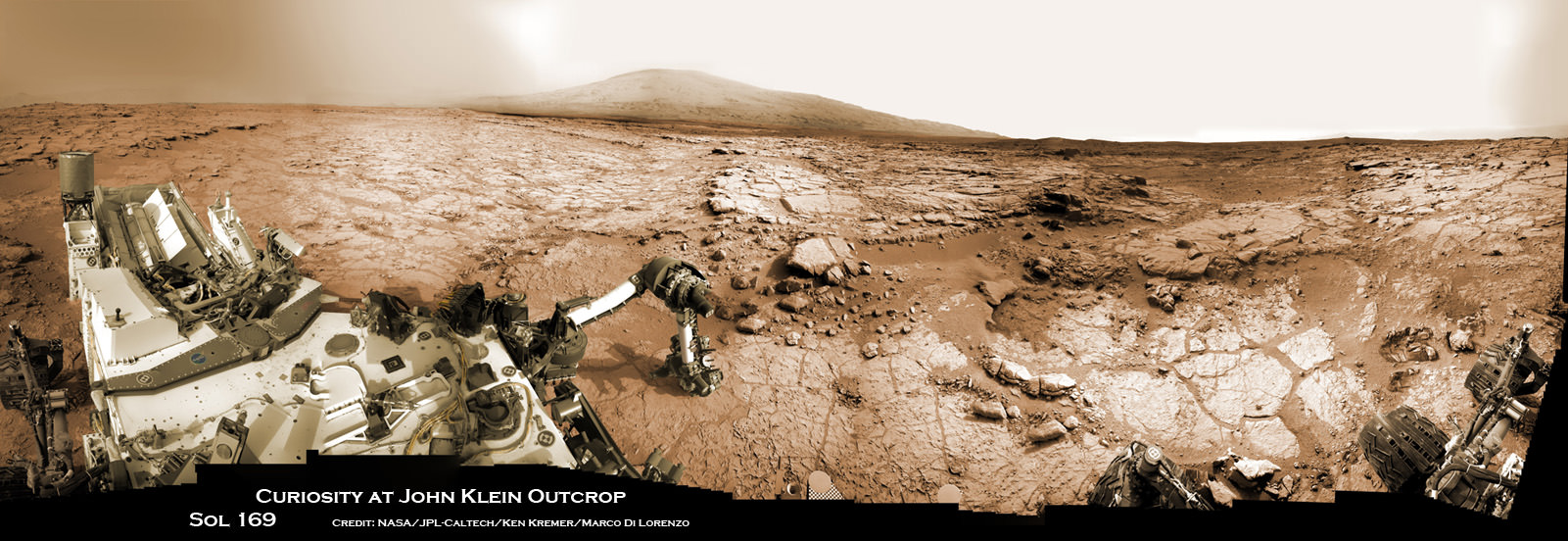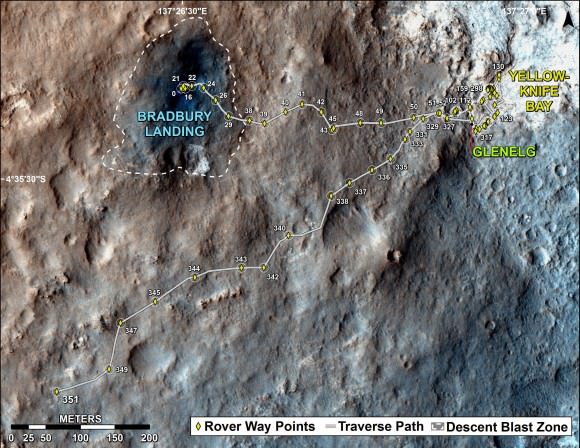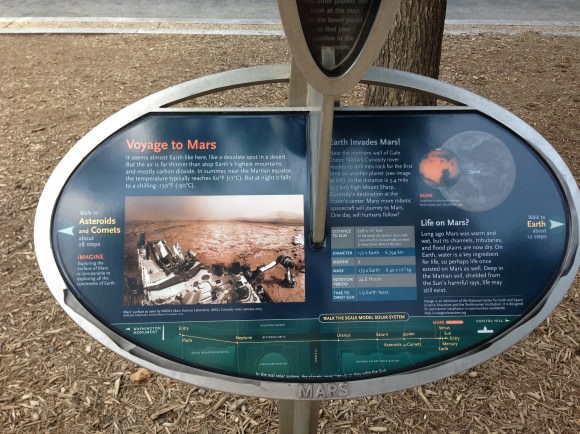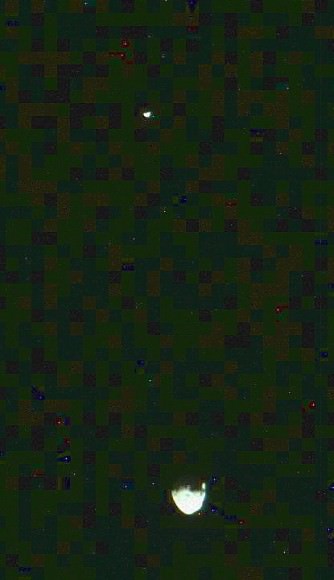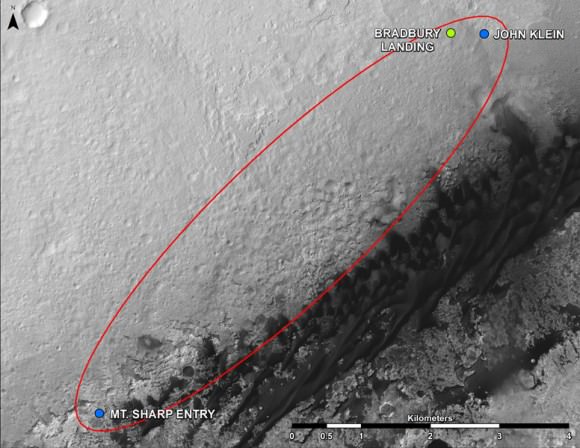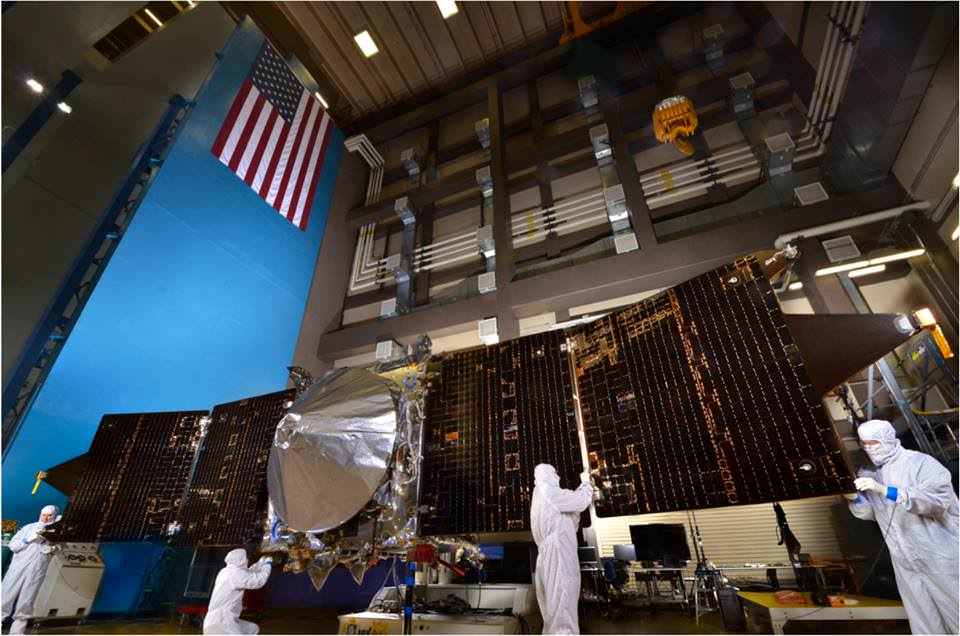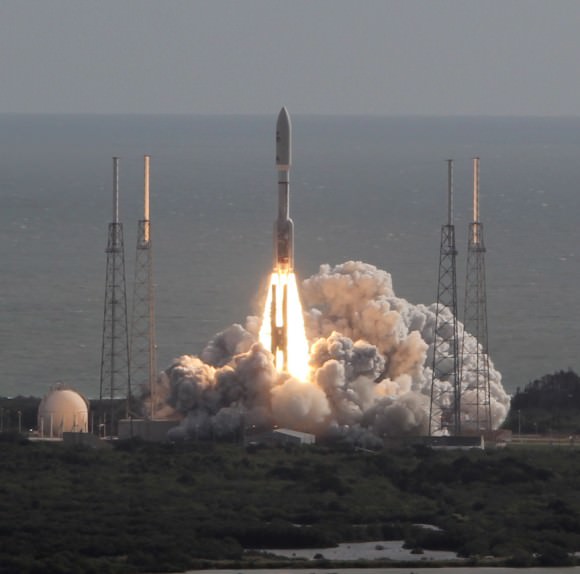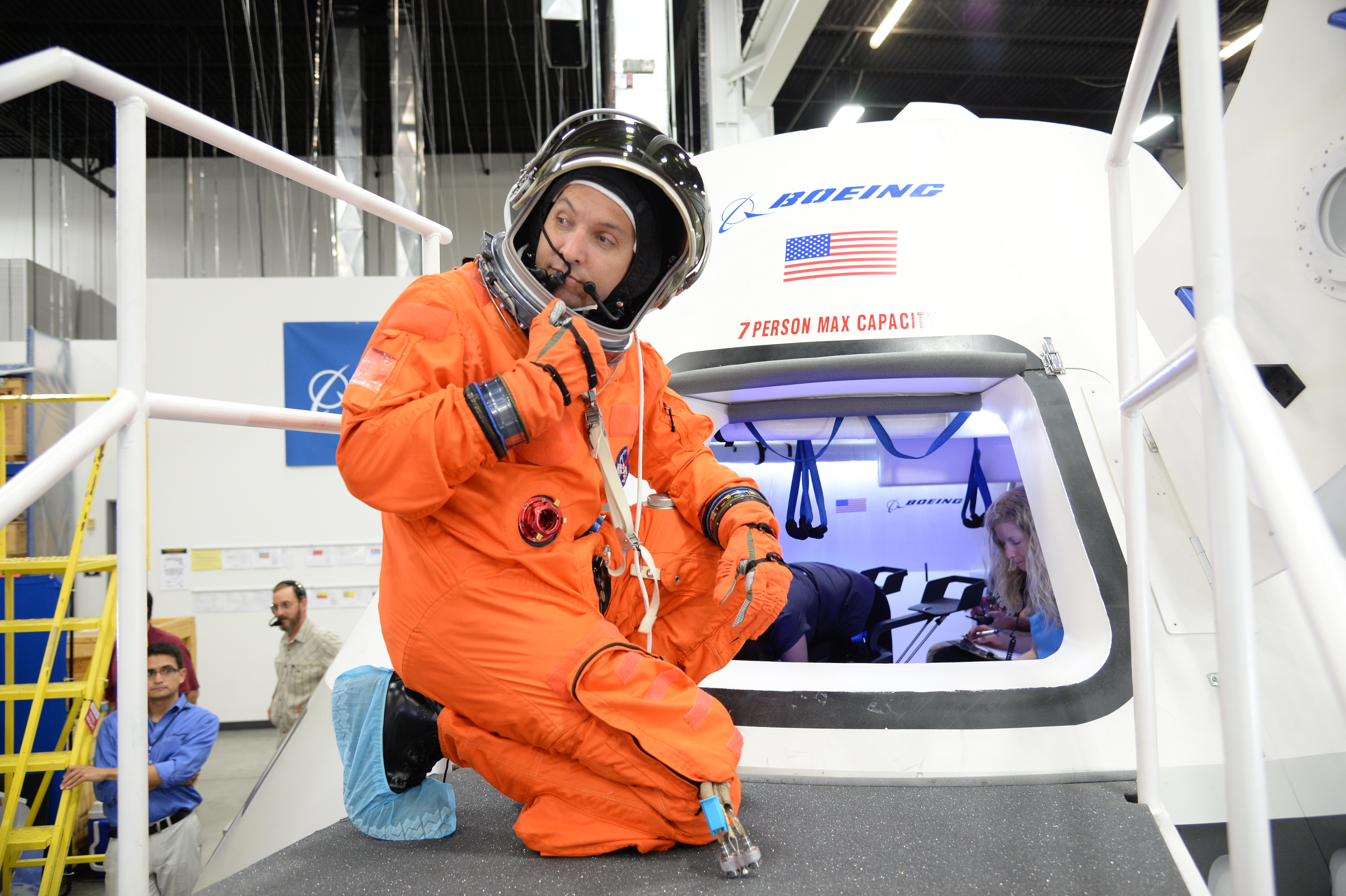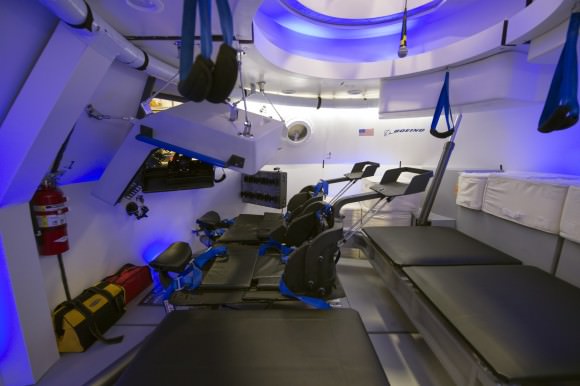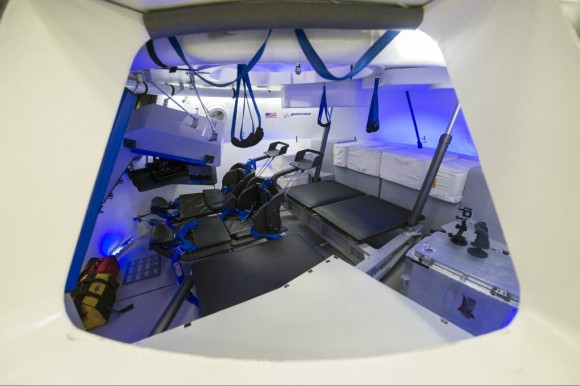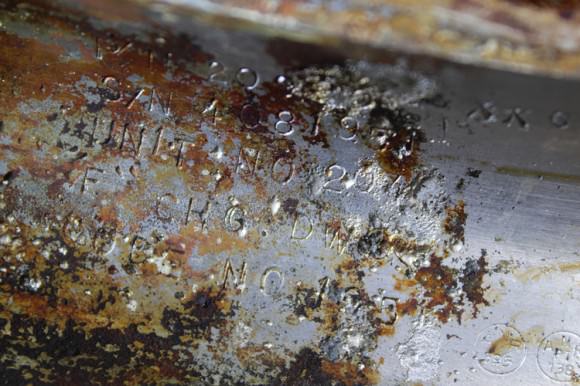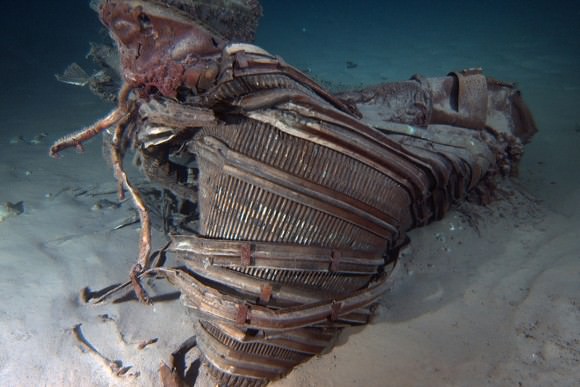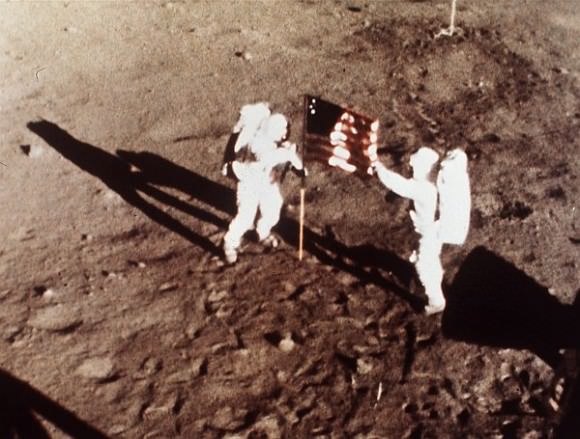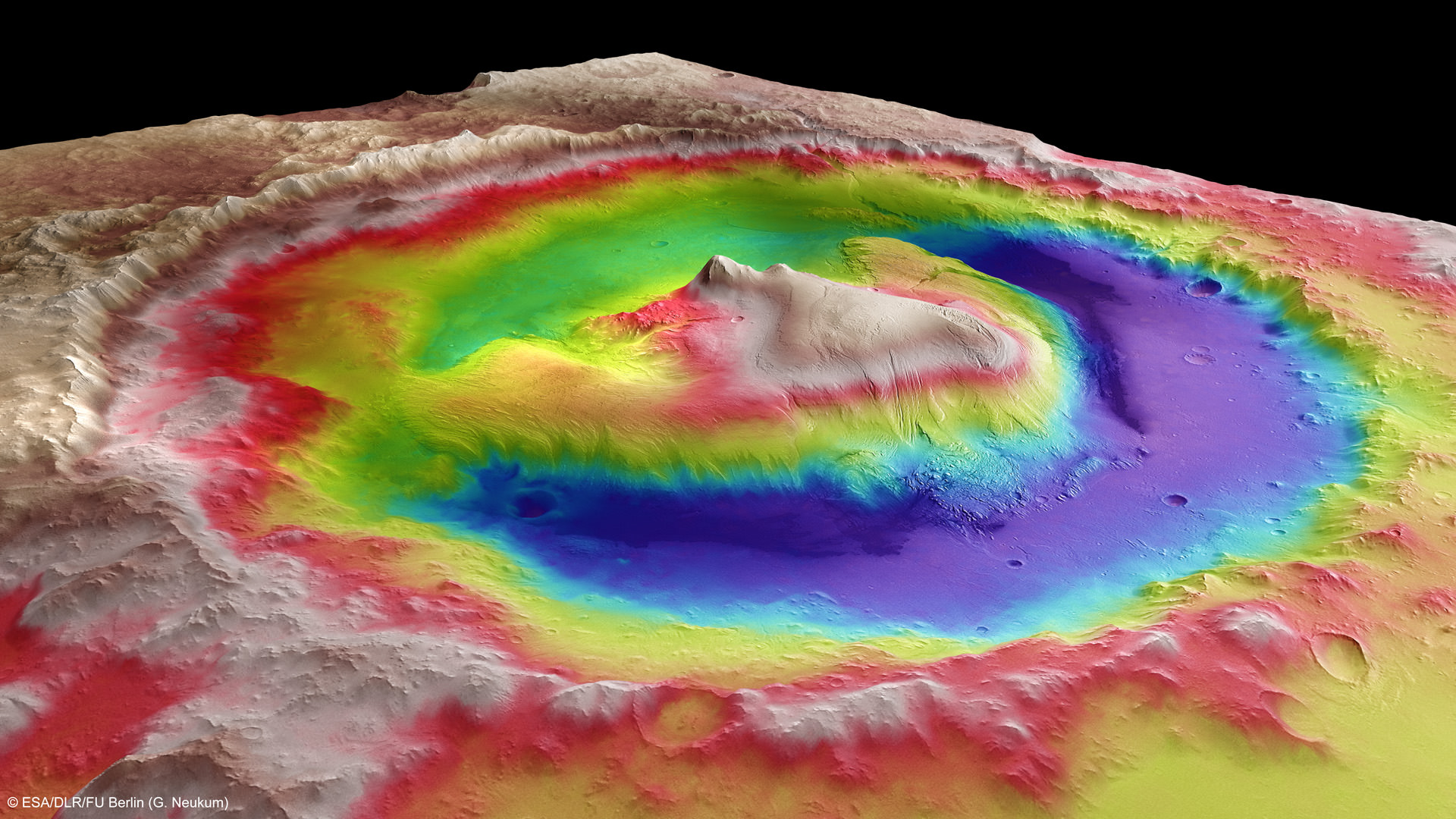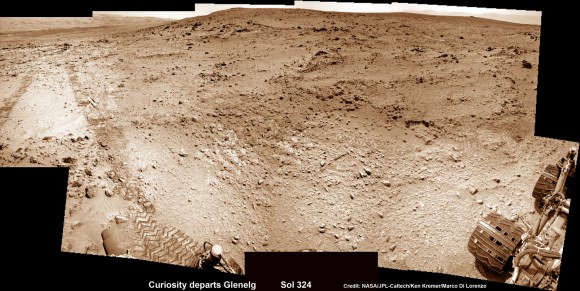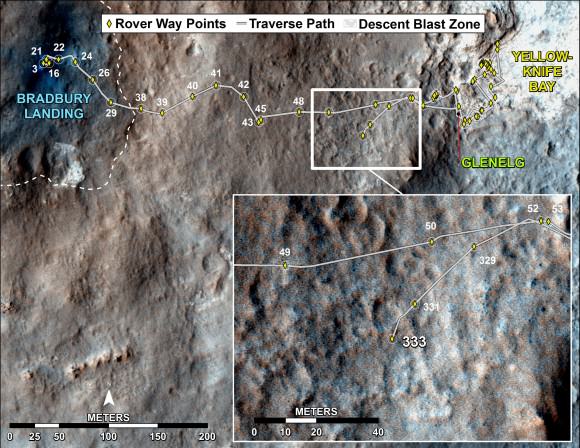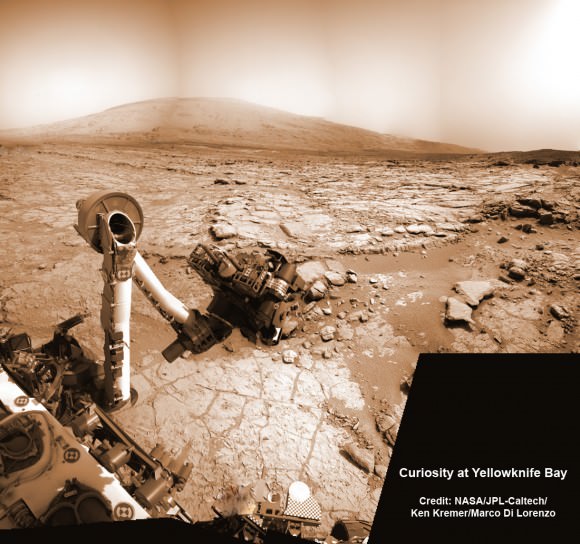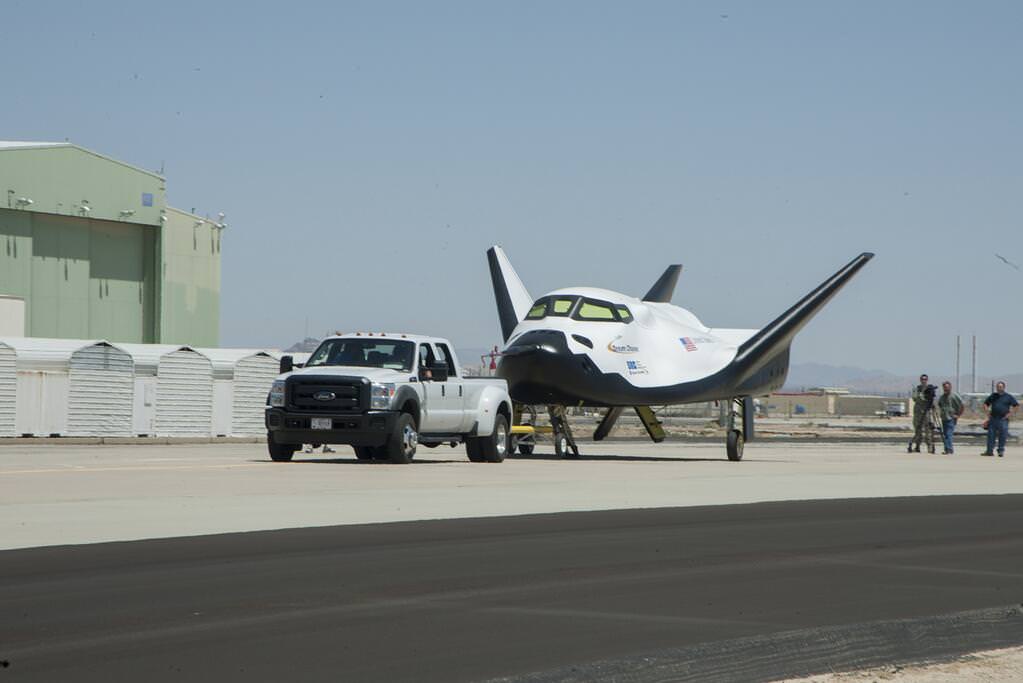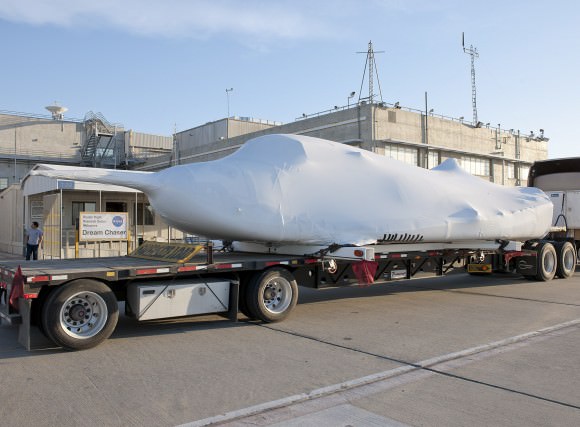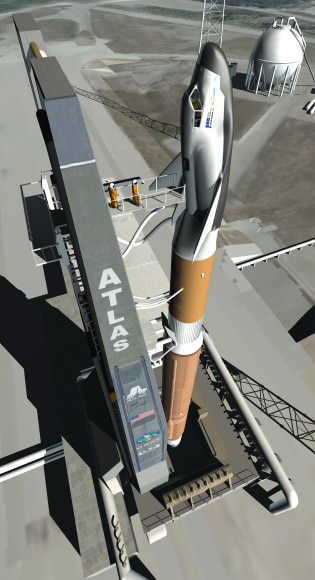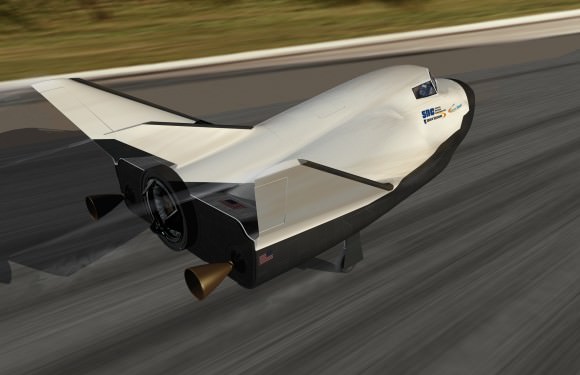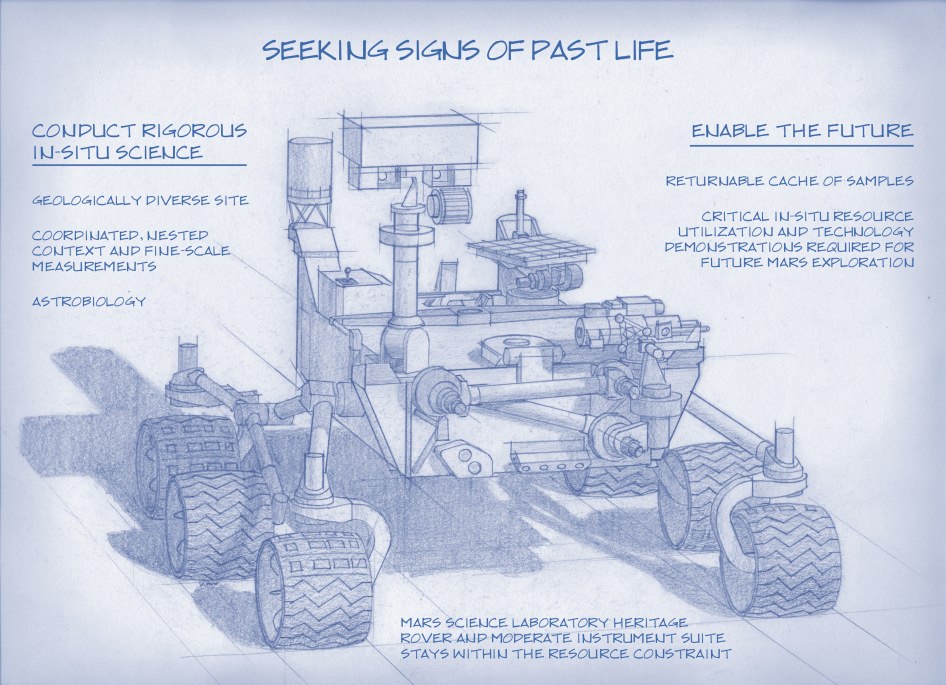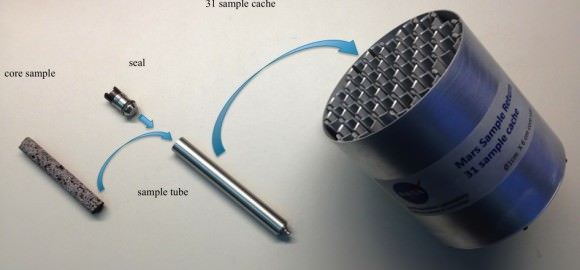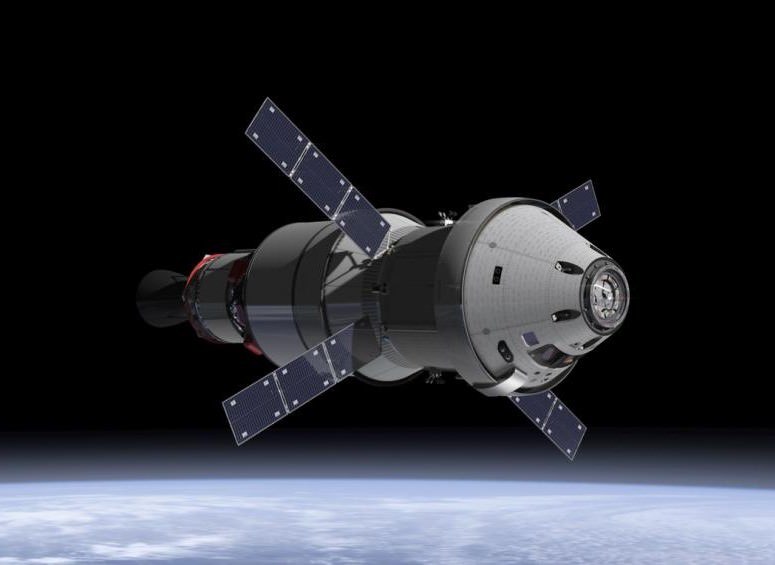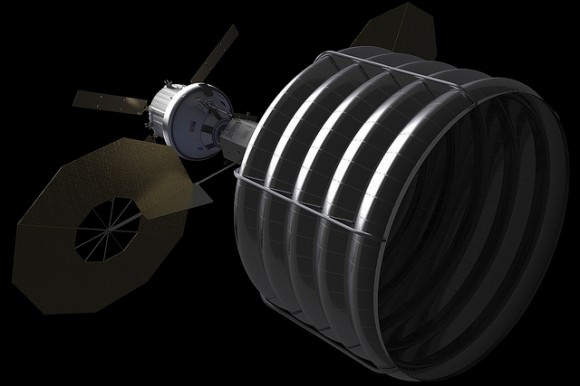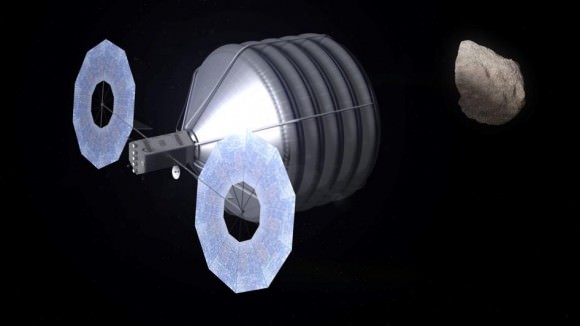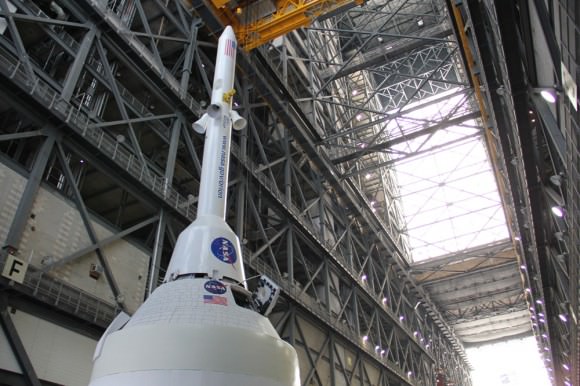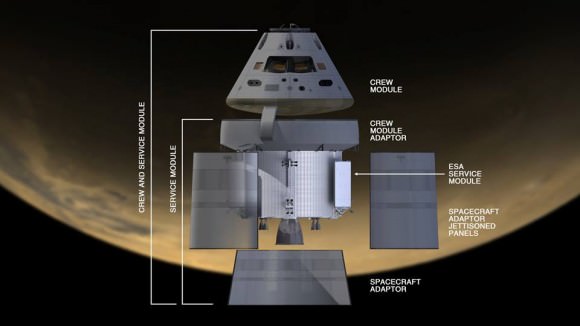Fans of Mars and spaceflight waxed poetic as the haiku selected to travel to Mars aboard the MAVEN spacecraft were announced earlier this month.
The contest received 12,530 valid entries from May 1st through the contest cutoff date of July 1st. Students learned about Mars, planetary exploration and the MAVEN mission as they composed haiku ranging from the personal to the insightful to the hilarious.
“The contest has resonated with people in ways that I never imagined! Both new and accomplished poets wrote poetry to reflect their views of Earth and Mars, their feelings about space exploration, their loss of loved ones who have passed on, and their sense of humor,” said Stephanie Renfrow, MAVEN Education & Public Outreach & Going to Mars campaign lead.
A total of 39,100 votes were cast in the contest; all entries receiving more than 2 votes (1,100 in all) will be carried on a DVD affixed to the MAVEN spacecraft bound for Martian orbit.
Five poems received more than a thousand votes. Among these were such notables as that of one 8th grader from Denver Colorado, who wrote;
Phobos & Deimos
Moons orbiting around Mars
Snared by Gravity
Another notable entry which was among the poems sited for special recognition by the MAVEN team was that of Allison Swets of Michigan;
My body can’t walk
My mouth can’t make words but I
Soar to Mars today
377 artwork entries were also selected to fly aboard MAVEN as well.
Didn’t get picked? There’s still time to send your name aboard MAVEN along with thousands that have already been submitted. You’ve got until September 10!
Part of NASA’s discontinued Scout-class of missions, the Mars Atmosphere and Volatile EvolutioN mission, or MAVEN, is due to launch out of Cape Canaveral on November 18th, 2013. Selected in 2008, MAVEN has a target cost of less than $500 million dollars US, not including launch carrier services atop an Atlas V rocket in a 401 flight configuration.
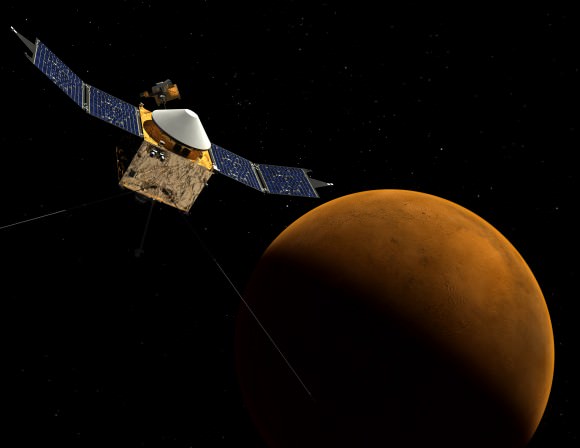
The Phoenix Lander was another notable Scout-class mission that was extremely successful, concluding in 2008.
Principal investigator for MAVEN is the University of Boulder at Colorado’s Bruce Jakosky of the Laboratory for Atmospheric and Space Physics (LASP).
The use of poetry to gain public interest in the mission is appropriate, as MAVEN seeks to solve the riddle that is the Martian atmosphere. How did Mars lose its atmosphere over time? What role does the solar wind play in stripping it away? And what is the possible source of that anomalous methane detected by Mars Global Surveyor from 1999 to 2004?
MAVEN is based on the design of the Mars Odyssey and Mars Reconnaissance Orbiter spacecraft. It will carrying an armada of instruments, including a Neutral Gas & Ion Mass Spectrometer, a Particle and Field Package with several analyzers, and a Remote Sensing Package built by LASP.
MAVEN just arrived at the Kennedy Space Center earlier this month for launch processing and mating to its launch vehicle. Launch will be out of Cape Canaveral Air Force Station on November 18th with a 2 hour window starting at 1:47 PM EST/ 18:47 UT.
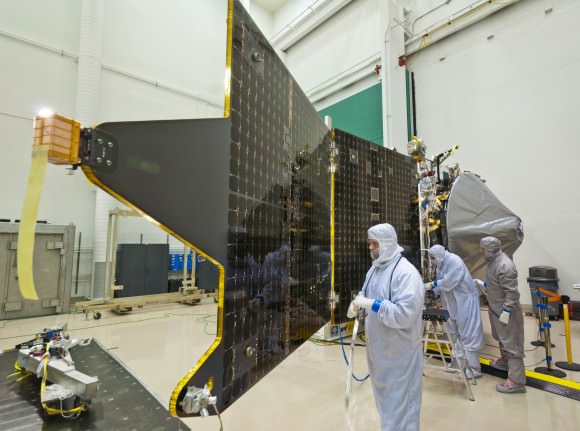
Assuming that MAVEN launches at the beginning of its 20 day window, it will reach Mars for an orbital insertion on September 22, 2014. MAVEN will orbit the Red Planet in an elliptical 150 kilometre by 6,200 kilometre orbit, joining the Mars Reconnaissance Orbiter, the European Space Agencies’ Mars Express and the aging Mars Odyssey orbiter, which has been surveying Mars since 2001.
The window for an optimal launch to Mars using a minimal amount of fuel opens every 24 to 26 months. During the last window of opportunity in 2011, the successful Mars Curiosity rover and the ill-fated Russian mission Phobos-Grunt sought to make the trip.
This time around, MAVEN will be joined by India’s Mars Orbiter Mission, launching from the Satish Dhawan Space Center on October 21st. If successful, the Indian Space Research Organization (ISRO) will join Russia, ESA & NASA in nations that have successfully launched missions to Mars.
This window comes approximately six months before Martian opposition, which next occurs on April 8th, 2014. In 2016, ESA’s ExoMars Mars Orbiter and NASA’s InSight Lander will head to Mars. And 2018 may see the joint ESA/NASA ExoMars rover and… if we’re lucky, Dennis Tito’s proposed crewed Mars 2018 flyby.
Interestingly, MAVEN also arrives in Martian orbit just a month before the close 123,000 kilometre passage of comet C/2013 A1 Siding Spring, although as of this time, there’s no word if it will carry out any observations of the comet.
These launches will also represent the first planetary missions to depart Earth since 2011. You can follow the mission as @MAVEN2Mars on Twitter. We’ll also be attending the MAVEN Conference and Workshop this weekend in Boulder and tweeting our adventures (wi-fi willing) as @Astroguyz. We also plan on attending the November launch in person as well!
And in the end, it was perhaps for the good of all mankind that our own rule-breaking (but pithy) Mars haiku didn’t get selected:
Rider of the Martian Atmosphere
Taunting Bradbury’s golden-bee armed Martians
While dodging the Great Galactic Ghoul
Hey, never let it be said that science writers make great poets!

